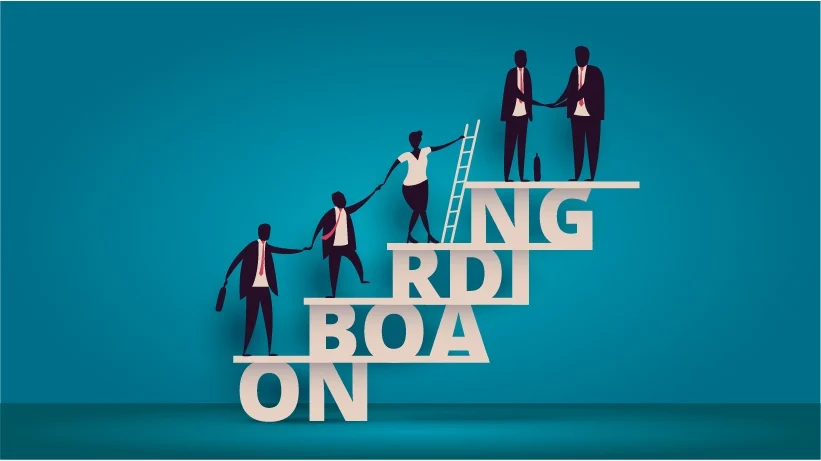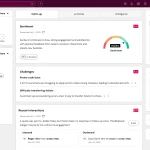
Onboarding new employees is a vital part of the employee experience. According to a Gallup study, only 12 percent of employees feel their company did a good job of onboarding them. And only 29 percent of new hires were prepared to do well in their new role. Ultimately, the onboarding process can make or break an employee’s first six months at the company. But there are ways to improve onboarding for new hires.
First, employees should be offered a clear path to their next steps. If there are too many unanswered questions during the onboarding process, it can overwhelm a new employee. The goal is to create an environment of transparency and support, a vital foundation for any organization. It also helps establish a sense of belonging for new employees.
In addition to ensuring the new employee is welcome at your company, onboarding should include an introduction to the company culture and the people who work there. It helps new employees form friends and feel comfortable in the company. Organizing a lunch for new hires is an ideal way to break the ice and make contacts. During this time, introduce them to the company email and other essential team members.
Once an employee has been hired, it is important to set up regular check-ins with the hiring manager. During these meetings, the manager should confirm the employee has met all specifications in their onboarding checklist for the month. This ensures that the new hire knows the daily, weekly, and monthly processes of the business.
The onboarding process is particularly critical for remote employees. It can be time consuming for both the employee and the employer, but with careful planning, this process can be made more efficient. Creating a digital employee handbook and social media channels can help new employees connect with the company and its culture. Using an HR information system can also make the process more efficient by allowing employees to e-sign documents and access corporate policies.
The next step in employee onboarding is defining roles and responsibilities. In a traditional onboarding process, the new employee is assigned a direct supervisor and will work with them for support and development. This manager should be well-versed in the company’s culture and have a good communication style. The final stage of onboarding involves planning for ongoing development and continued growth. The development plan should outline the contributions of new hires as well as their growth.
An employee’s experience depends on the effectiveness of the onboarding process. A properly managed onboarding program will encourage the employee to be engaged and committed to the organization. And with a good process, employees will be more likely to stick around and perform better as a result. It is essential to establish a connection between new employees and their managers.
An effective onboarding process will help new employees feel supported from the first day. But it takes time, preparation, and commitment from all the stakeholders.






